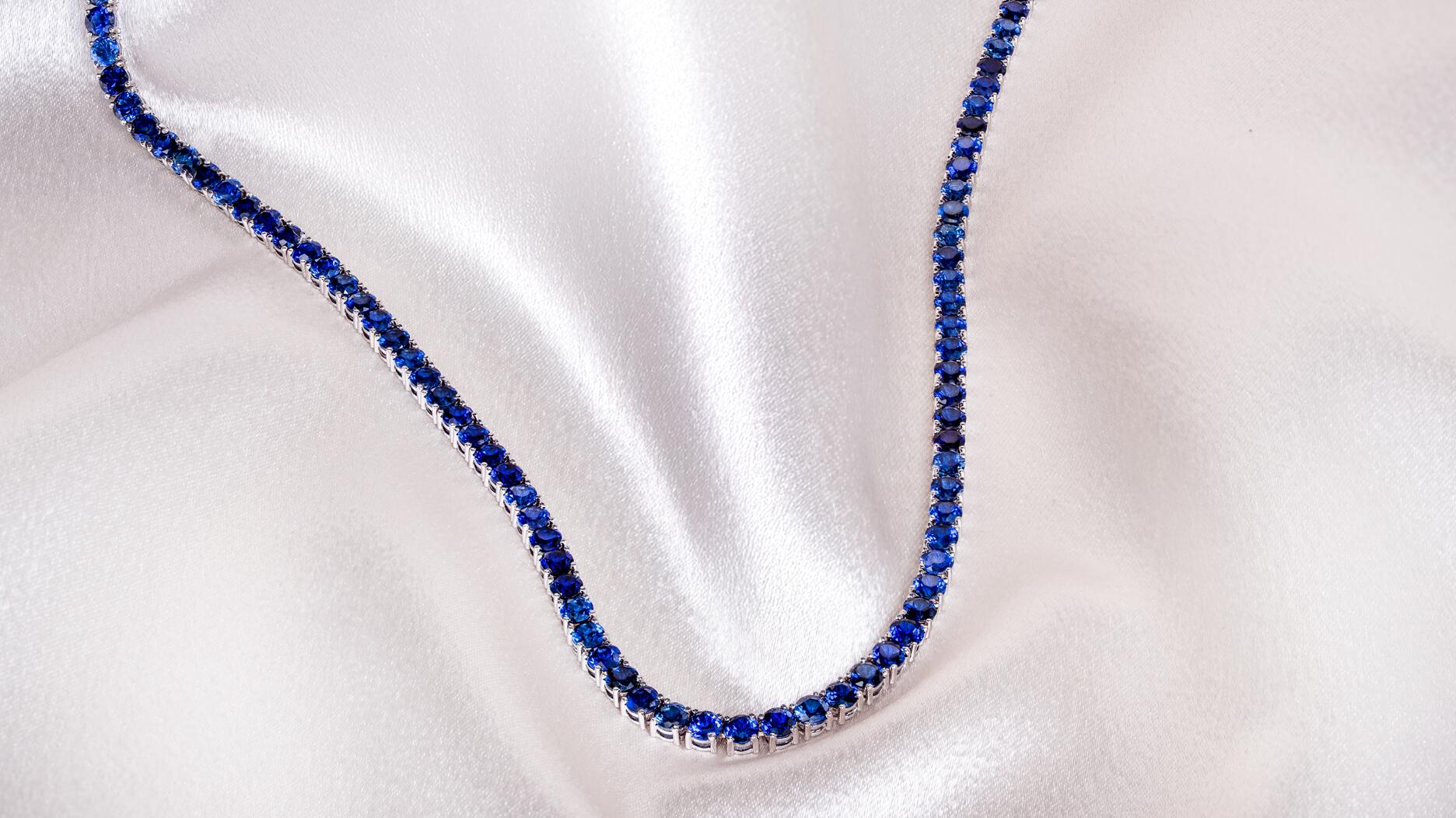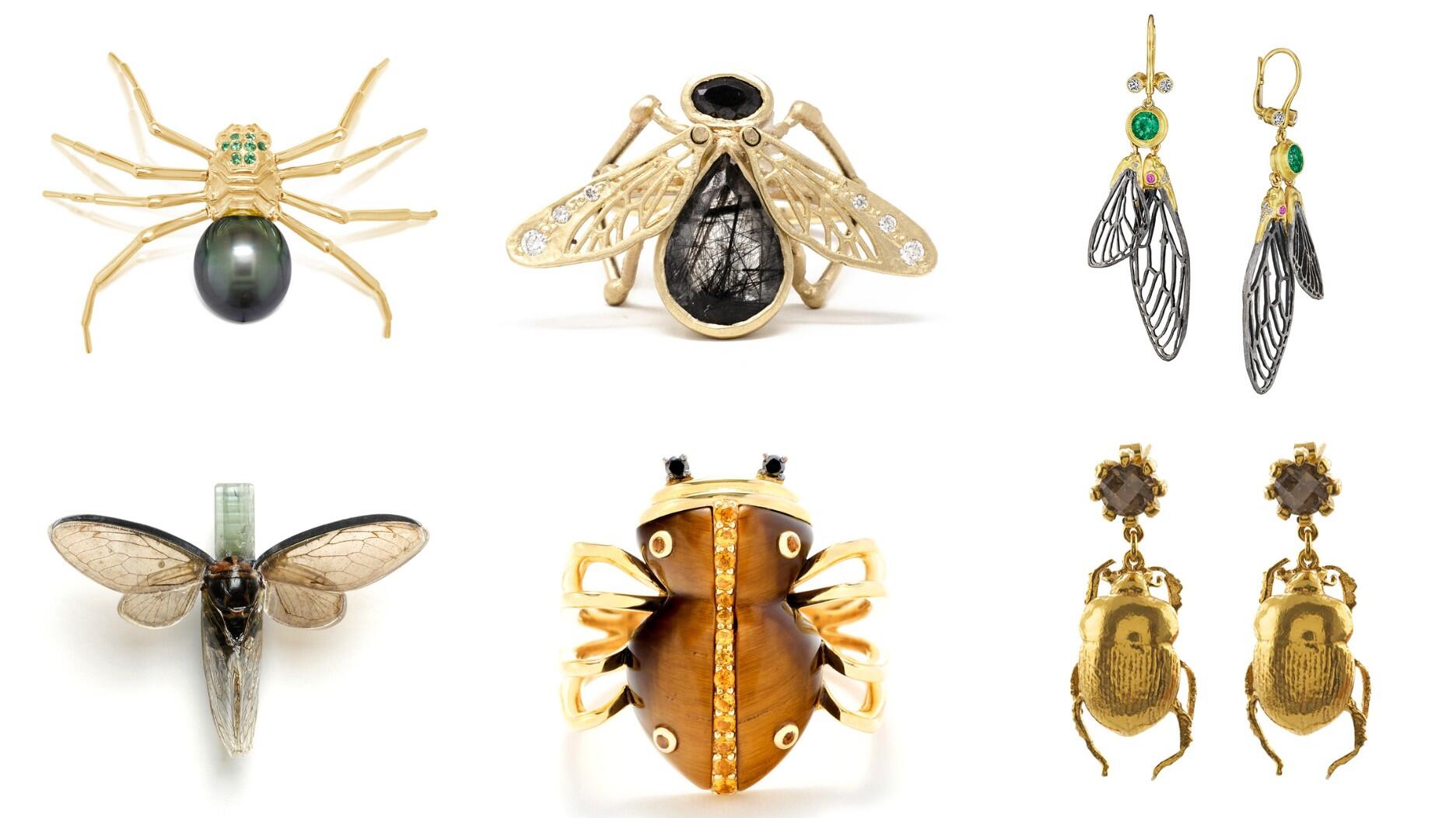Carlos Jose Hernandez and Joshua Zuazo were sentenced to life without the possibility of parole in the 2024 murder of Hussein “Sam” Murray.
The U.S. Market: An Overseas Perspective
The head of the Israeli Diamond Institute answered questions from National Jeweler about the U.S. economy, the biggest challenge facing jewelers and the upcoming election.

In Las Vegas, I had the chance to sit down and chat with Shmuel Schnitzer, who is completing his first year as chairman of the Israel Diamond Institute Group of Companies, or IDI.
The IDI is a nonprofit that represents the interests of all the companies in Israel that are involved in the diamond industry, which is quite a few. Diamonds are, after all, the nation’s second biggest export, after high-tech products.
We discussed the strength of the U.S. market (which is good … when compared with other markets worldwide), and whether outsiders looking in at the U.S. get nervous when they think about what could happen come Nov. 9.
When asked what he thinks is the biggest challenge U.S. jewelers face, Schnitzer did not mention the economy or the lack of generic advertising for diamonds in recent years, but rather said synthetics or, more specifically, the non-disclosure of lab-grown diamonds.
What follows are excerpts from our interview.
National Jeweler: The United States remains the No. 1 market for diamond demand. From your perspective, how strong is demand here right now?
Shmuel Schnitzer: Nowhere today (is the market great). But if you compare the market of diamond jewelry in the States to the Far East, Europe, etc., it’s much stronger and there’s a much better feeling here among the people who deal with diamonds.
NJ: How did the JCK Las Vegas show compare to your expectations?
SS: It was exactly as expected. We know that in the economic situation in the world, you can’t expect a very, very, very strong show. It won’t happen.
But, on the other hand, we don’t want to lose (hope), and this didn’t happen. We saw there is hunger here for goods that people need.
If you compared it the last one or two or three years, the mood is better, there is better confidence in our product and the American jewelers are more optimistic for the business, no doubt. The last few years, we haven’t been really satisfied with the market here. Now it’s improving. You can see signs of improvement, which is very encouraging.
NJ: Do you feel like this is the strongest you’ve seen the U.S. market since the recession?
SS: One hundred percent yes.
Not so much in the number of deals that are being made but mainly in contacts; you can create new contacts here this time. People show interest in several (types of) goods that they didn’t show before.
The
NJ: Looking ahead to the rest of the year, what do you think is the main challenge facing retailers in the United States?
SS: Unfortunately, the biggest challenge today is synthetics.
The diamond industry is doing its utmost in order to prevent mixing of natural diamonds with synthetics. And we have very, very strong rules about disclosure. If something is not natural, it has to be disclosed. And now the bourses--the Israel bourse, the Bharat Bourse in India, all the other (World Federation of Diamond Bourse) members--came with very strong decisions about selling synthetics.
We cannot prohibit doing business in synthetics. But once somebody is caught in mixing synthetics with (natural) diamonds, he’s punished very severely.
This is the main thing; we have to make sure there is full disclosure. There are synthetics and there are natural diamonds. The woman or the man comes into a shop, sees this product and the other product, and they decide. They want natural, they can have it. If they want an imitation or synthetic (diamond) they can also have it, probably for cheaper. Once the customer is aware of what is being shown to him, then it’s OK.
But (making sure there is full disclosure) is a big challenge.
“(JCK Las Vegas) was exactly as expected. We know that in the economic situation in the world, you can’t expect a very, very, very strong show. It won’t happen.”
NJ: You run a major diamond trading center outside of the United States. What is the international view of the U.S. economy in terms of the upcoming presidential election--how it could impact the economy, and retail and consumer confidence?
SS: The diamond industry, we never interfere in outside politics --not in Israel, not outside of Israel, not anywhere.
But I don’t think that anybody is concerned about if either this or that side wins because I don’t think it will have a real impact on our business. As we know, a diamond is forever and it’s not influenced by this political result or others.
Everybody has their own opinion, but it’s not a reason to be cautious.
NJ: You just mentioned “A Diamond Is Forever.” What’s your opinion on the Diamond Producers Association’s new slogan for generic diamond marketing, “Real Is Rare. Real Is a Diamond.”?
SS: I think the slogan is very good and I think that finally (we got what we wanted)--the industry has been asking for it for it for years, to promote the generic market.
There were years De Beers used to do it at an annual cost of $200 million. All of a sudden, they canceled the whole budget for generic promotion while the others--very respectable bodies like Alrosa, Dominion Diamond and Rio Tinto and all the other producers--no one volunteered to fill this gap and the result was that our industry suffered … from lack of visibility.
You see all day long (advertisements) for iPhones, iPad, etc. … very big advertisements for Chanel, etc., etc., bags and so on; for the tourism industry, huge advertising. Everyone is pushing the product. Only diamonds didn’t do that in the last years and that hurt our business.
Now the DPA, one of their main plans is to promote generic diamonds, and the slogan is very nice. It’s not good, though, to have only the slogan; we have to do things in order to make the world know what is the real value of the diamond.
NJ: The Gem & Jewellery Export Promotion Council (GJEPC), India’s trade body, signed a memorandum of understanding with the DPA. Is that something the IDI is going to do? Does Israel want to get involved in promoting diamonds?
SS: The answer is yes. We’d like to (reach out to the) DPA and see how we can contribute our share because I really believe this a very, very important thing for all of us. It’s not only for the producers, it’s for the wholesalers, it’s for the manufacturers, for the retailers, for everybody.
We had in Dubai (in May) a meeting of the World Federation of Diamond Bourses, of which I am the honorary president. And there was discussion about (generic diamond marketing). We tried to come to a resolution that each part of the industry would contribute something for this cause. What does it mean? Any diamonds that would be sold anywhere in the world (within the trade, not to consumers) will be imposed with a levy--not a big sum (less than 0.5 percent)--but we will able to collect from each invoice being issued in the world.
We didn’t decide (anything); we decided to go deeper into it. There’s no big enthusiasm in the industry for this idea, I‘ll tell you very frankly, for the very simple reason--the profitability is not there so people don’t see the way to impart such a levy. But we are going to check it and see if it’s possible, and in Israel also we shall see what can be done. We shall see how to cooperate with the DPA to contribute our share.
NJ: How do you see the holiday season playing out here in the United States? Are you optimistic?
SS: I’m very optimistic for the season. I base my optimism not only feeling but upon talking to many of the retailers and leaders of the industry here. All of them have a positive feeling, much more than the last years. There is a kind of impression that the industry is coming back to normal.
NJ: Is there anything else you’d like to add about the show or the diamond market?
SS: Generally speaking, I think that the tenor is quite good here at the show and the Israel manufacturers can meet new people, etc. We had discussions with the JCK (show organizers) and we asked them to strengthen the effort to bring more and more retailers to the show because this will help.
But, otherwise, I think the show has been good and the Israeli manufacturers are happy and we look forward to the season. Like I said, I am positive. You mentioned before some factors that could happen at the end of year (laughing), but let’s ignore this. Let’s hope nothing special takes place and we look optimistically toward the end of the year, and we’re sure that things are going to be fine here in the United States.
The Latest

Yood will serve alongside Eduard Stefanescu, the sustainability manager for C.Hafner, a precious metals refiner in Germany.
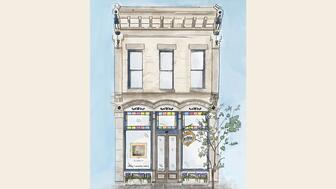
The New Orleans jeweler is also hosting pop-up jewelry boutiques in New York City and Dallas.

How Jewelers of America’s 20 Under 40 are leading to ensure a brighter future for the jewelry industry.

Set in a Tiffany & Co. necklace, it sold for $4.2 million, the highest price and price per carat paid for a Paraíba tourmaline at auction.

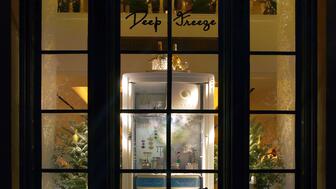
The jeweler’s “Deep Freeze” display showcases its iconic jewelry designs frozen in a vintage icebox.
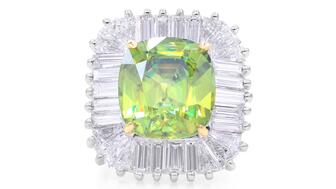
Take luxury gifting to new heights this holiday season with the jeweler’s showstopping 12-carat sphene ring.

Roseco’s 704-page catalog showcases new lab-grown diamonds, findings, tools & more—available in print or interactive digital editions.
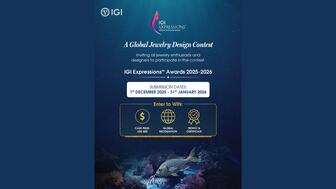
This year's theme is “Unveiling the Depths of the Ocean.”

In its annual report, Pinterest noted an increase in searches for brooches, heirloom jewelry, and ‘80s luxury.

Starting Jan. 1, customers can request the service for opal, peridot, and demantoid garnet.

The 111-year-old retailer celebrated the opening of its new location in Salem, New Hampshire, which is its third store in the state.
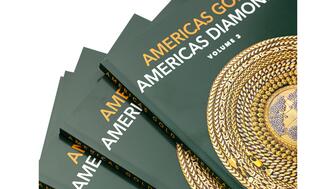
The new catalog features its most popular chains as well as new styles.
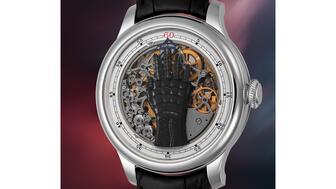
The filmmaker’s personal F.P. Journe “FFC” prototype was the star of Phillips’ recent record-setting watch auction in New York.

The new location in the Design District pays homage to Miami’s Art Deco heritage and its connection to the ocean.

Inflations, tariffs, and politics—including the government shutdown—were among consumers’ top concerns last month.
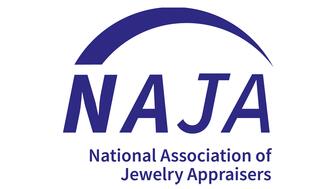
“Longtime favorite” presenters, as well as first-time speakers, will lead talks and workshops at the annual event in Tucson next year.
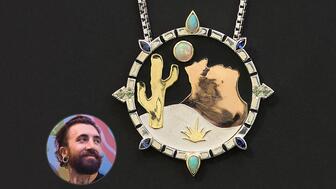
Silas Smith of Meridian Metalworks won the challenge with his pendant that blends Australian and American landscapes.
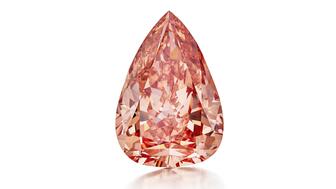
The sale of the 31.68-carat, sunset-hued stone was part of Sotheby’s first series of events and auctions in Abu Dhabi.
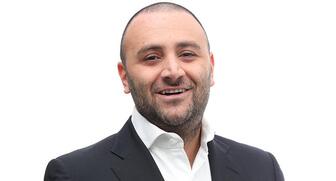
Most customers who walk into your store this month have made up their minds. Your job is to validate their choice, Emmanuel Raheb writes.

The collection features characters and motifs from Ukrainian folklore, including an enchanted mirror and a magic egg.
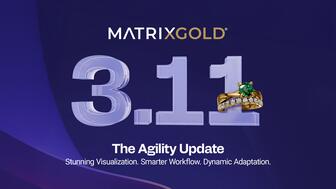
MatrixGold 3.11, the newest version of the jewelry design program, offers more flexibility, precision, and creative control.

The pavilion will be part of the 2026 JA New York Spring show, scheduled for March 15 to 17.
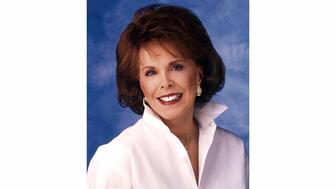
Kadet, a 1994 National Jeweler Retailer Hall of Fame inductee, helped grow the family-owned retailer in the Chicago area and beyond.

Billed as the world’s smallest wearable, Lumia Health’s new smart earrings have a health tracker subtly embedded in the back.
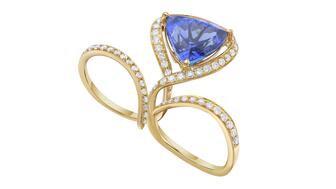
Don’t let those with December birthdays feel blue. Help them celebrate their month with blue zircon, turquoise, and tanzanite.
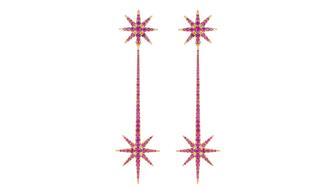
The new pink sapphire version of the piece dances with its wearer in the brand’s “Icons After Dark” holiday campaign.









